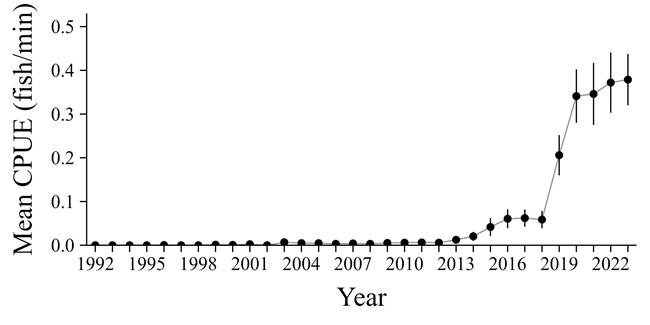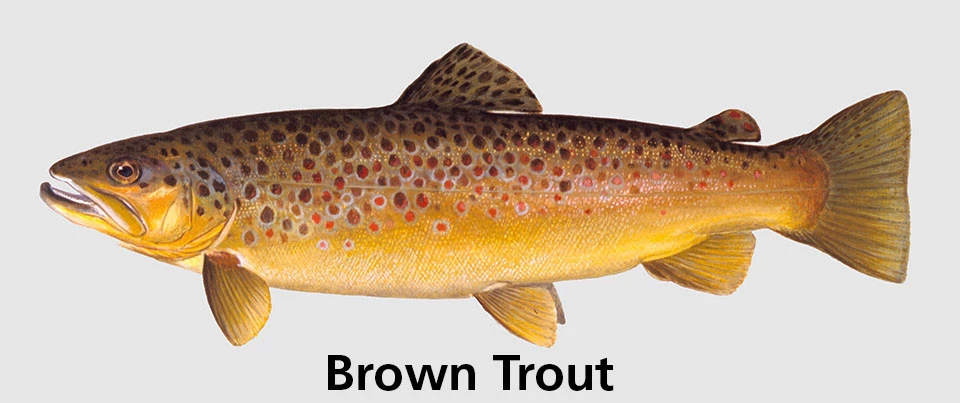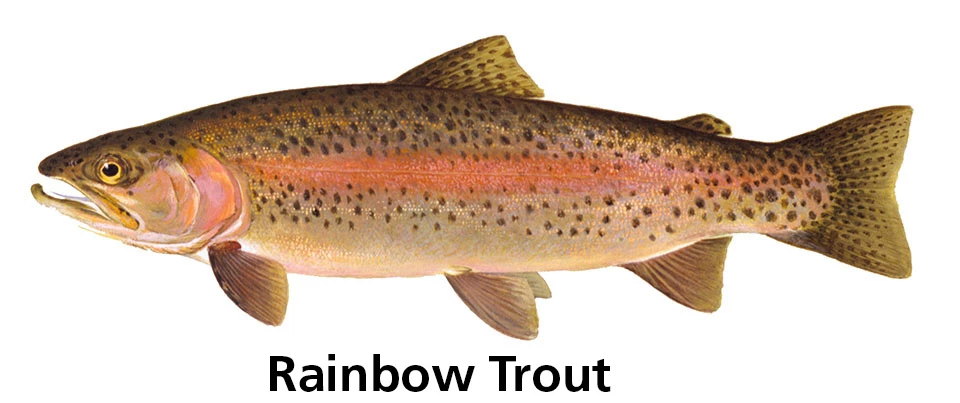The Brown Trout Incentivized Harvest has been discontinued and, due to current program limitations, we do not anticipate being able to restart it in the near future.
AZGFD / David Rogowski History of Fishing on the Colorado River Upstream of Lees Ferry
The ThreatThe Colorado River below Glen Canyon Dam is home to native fish species like flannelmouth and bluehead suckers. Two endangered fish species, razorback sucker and humpback chub, can also be found in the Marble and Grand Canyon stretches of the river. Native fish are highly susceptible to predation by fish eating predators like brown trout. As brown trout grow, they begin to feed heavily on other fish species. As sub-adults and adults brown trout are 17-times more likely to eat other fish than are rainbow trout. The increase in number of brown trout in Glen Canyon has raised concerns for fish managers. As the Glen Canyon brown trout population grows, they could migrate downstream and pose an immediate threat to native fish species like the endangered humpback chub. Brown trout are also able to thrive in warmer river water than rainbow trout and are better adapted to hunting other fish in the murky river water of the Colorado River when the Paria River and side canyons are flowing. Know Your Trout 

Left image
Right image
Brown Trout Harvest Inventory
* Some fish were caught by NPS employees and not eligible for the reward.
For More Information Contact:Jeff Arnold, Fisheries Biologist, National Park Service (928) 608-6266 |
Last updated: December 3, 2025
